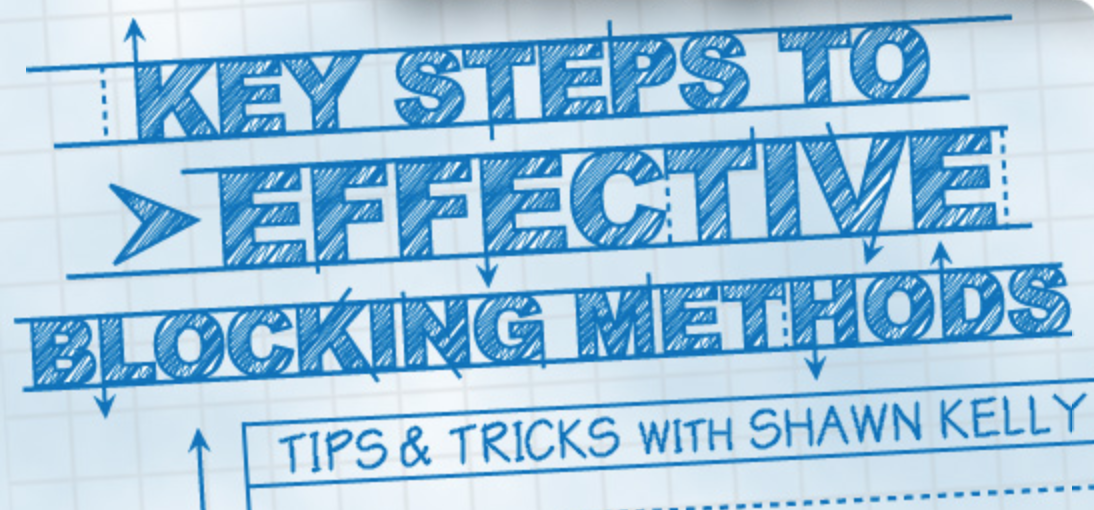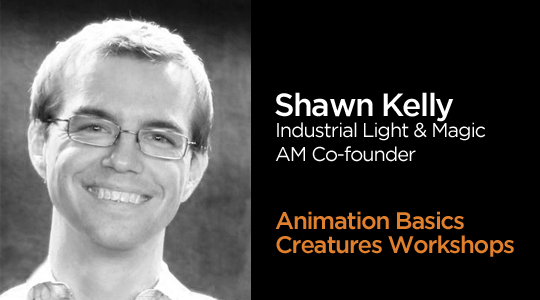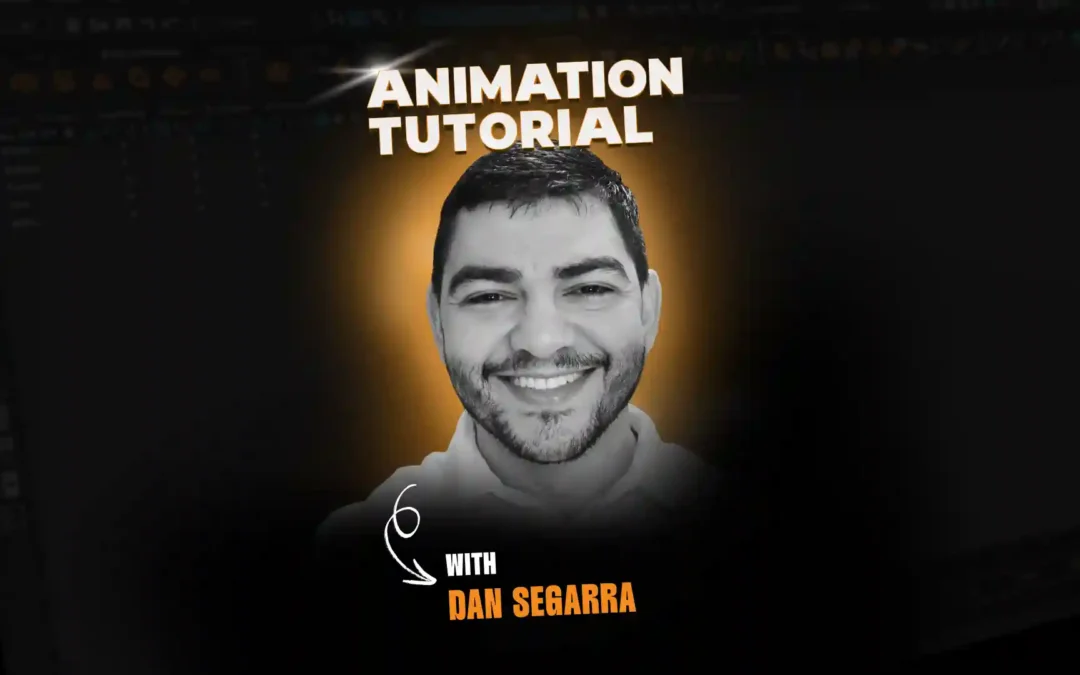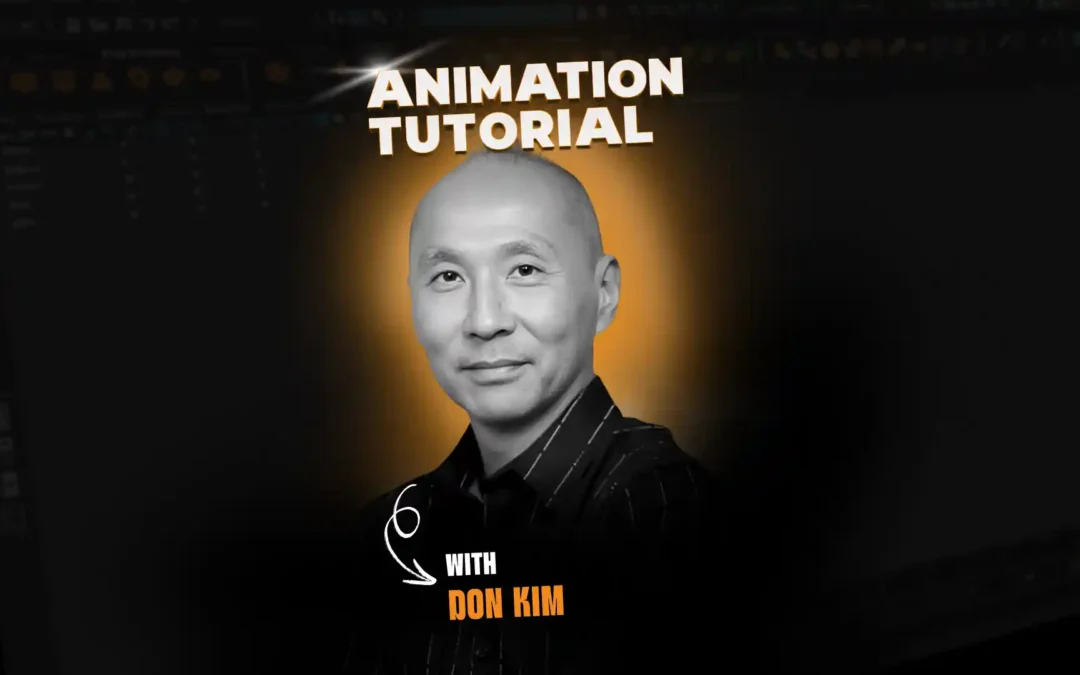
What are some effective blocking methods? This is a question that students ask a lot! According to Shawn Kelly—Animation Mentor co-founder and Lead Animator at ILM—these are the methods that seem to work best for students or animators at any level of experience. Follow along and take notes!
1. Pre-planning
Before you film your reference, at least know the following:
Who are the characters? Be detailed! What are their ages? What is their background like? Things like this will affect their acting choices dramatically.
Where/When are the characters? Same thing! A character in a Berkeley, California creative writing class in 2018 is NOT going to have the same acting choices as a London theocracy scholar in 1908.
Which character(s) is(are) the main character(s)?
What does that character want in the scene? What is their ultimate goal? Commonly known as their “scene objective.”
What is preventing them from achieving their goal?
Once you know all that stuff, it’s time to start working out your planning. Deciding your timing, your acting choices, etc. This is a good time to move onto numero dos…
2. Thumbnails (Part 1)
Thumbnailing can be a great way to really quickly work out a lot of ideas. Posing ideas, action ideas, composition ideas. It’s so much faster to scribble some stick-people than to pose something in 3D. At this stage, my goal is mostly to figure out which overall ideas will look cool or read well vs. which ones will be confusing or boring.
Once I’ve figured out my ideas, and combined them with all the answers from my pre-planning, it’s time to bust out the video camera (or webcam, or whatever is handy), and move on to number three.
3. Video Reference
I’ve said it a million times, but it bears repeating: The vast majority of professional animators use SOME form of reference. Whether it’s film of themselves, or a clip from a documentary or film, or something they found on YouTube, or filming their friends—most of them are using reference at SOME point, for at least part of their scenes.
The more experienced they are, the less they may need reference, but for the most part, all of us use it pretty regularly. When I taught at a university, I heard students complaining once that the “only reason so-and-so’s animation was the best in the class was because they ‘cheated’ and used reference.” Well, here’s a newsflash—their animation WAS the best in the class, and that’s all that matters. Reference is NOT CHEATING. I can’t say it enough times.
Anyway, now is when you film your reference. I’ve talked about this stuff ad nauseum elsewhere, so the quickie version is this: film yourself or your peers over and over again until you end up with one single take that you think is really strong. The ideas read, the emotion feels real, etc. One of the keys to this is the actor needs to do it enough times to really become that character and FEEL the emotions and desires TRULY. Worry way less about the actual lines of dialogue, and much more about the emotional beats. That’s what matters most at this stage.
4. Thumbnails (Part 2)
OK, so you’ve got a clip of video reference that you like, and it’s time to get ready to filter that reference through your artistic mind, apply the principles of animation to it, and turn it into something special. This is when you bust out some paper and do some new thumbnails, this time from your video reference.
If you’ve been animating for less than a decade, I recommend the following method as a safe way to get some good blocking:
Go through your video reference, and any time you see a major change in weight or pose, draw a thumbnail of that pose and write down the frame number that it happened on. Look for which frames feet pick up off the ground, or important breakdown poses between extremes, etc. Draw all of those, and for EVERY ONE be sure to put down the frame number it actually happened on.
As you do this, you can start to use your knowledge of the principles of animation to exaggerate the poses. Push them into something a bit more dynamic, a little more exciting. Push the emotional poses a little bit into something just a tad more clear, etc.
However, I really wouldn’t recommend screwing around with timing quite yet. Particularly if you aren’t very experienced yet. You’ll only end up confusing yourself. It’s better to mess with the timing a little bit later in the computer where it’s much easier and safer.
5. Blocking
Woo hoo! Guess what? You’re almost done animating the shot.
I’m not kidding.
Most of the hard work is done. At this point, you know exactly what pose is going to happen on exactly what frame, and you haven’t opened anything up in 3D yet, or wasted any time “trying” stuff that ends up not working in 3D.
So now all you have to do is go to frame one and pose your character just like your frame 1 thumbnail, and save a key on EVERY POSSIBLE CONTROLLER on the character (not counting facial controls, that stuff all comes later). Then move on to the next pose—maybe it’s an anticipation at frame 4. If so, then go to frame 4, push his hips a little bit over for the anticipation, rock his head a little bit, lag the hand a little bit, and then again, save a key on EVERY POSSIBLE CONTROLLER on the character.
Now you just go through the whole scene, following your thumbnails. If you’ve thumbnailed enough key poses and breakdowns, you should have pretty much every footstep, every anticipation, every bit of follow-through, and even some decent rough arcs already built into your blocking!
Once you get it all in there, you still have one more really important step to do. You’ve already exaggerated the poses and ideas, but so far you’re still copying the timing verbatim from real life. Sometimes this is fine, but most times you’ll need to exaggerate the timing a bit as well. You’ll want to make it a little more snappy here, hold on this emotion a little longer there, etc.
Well, since your animation, at this point, is pretty much just a series of 3D “drawings” where everything is all saved on the same frames, you can just select all the controllers, pop open your graph editor, and start playing with the timing. The graph editor will be very clean and easy to work with, so this step should be fun and easy.
Once you get your timing working the way you want it to, it’s time to block in some face stuff. I keep this VERY simple and minimal for my blocking, and do the majority of my facial work in later passes. At this stage, I would only be concerned with eye direction, blinks, brow poses (if necessary, to sell the emotions), and maybe just blocking in the jaw animation like a muppet mouth.
After all that, guess what? You’re probably 80% of the way finished with your scene, and ready to move on to the polishing stages!
This method has worked really well for me over the years, and was especially invaluable when I was learning. Huge thanks to Wayne Gilbert for beating it into my head that good planning was THE key to finishing a shot quicker and ending up with a far stronger result, and not letting me get away with being lazy when I was learning!
Hope that helps …
Shawn 🙂
Here are more posts that might interest you!
Recipe for Success: Baking Your Animation Cake
Pro Animation Tip: Forget About the Legs!
Shawn Kelly Answers 5 Burning Questions About Demo Reels

Want to learn animation from pros like Shawn?
Start your animation journey by learning with professional animators from a variety of studios and career paths! Get more information about Animation Mentor’s Character Animation Courses.



